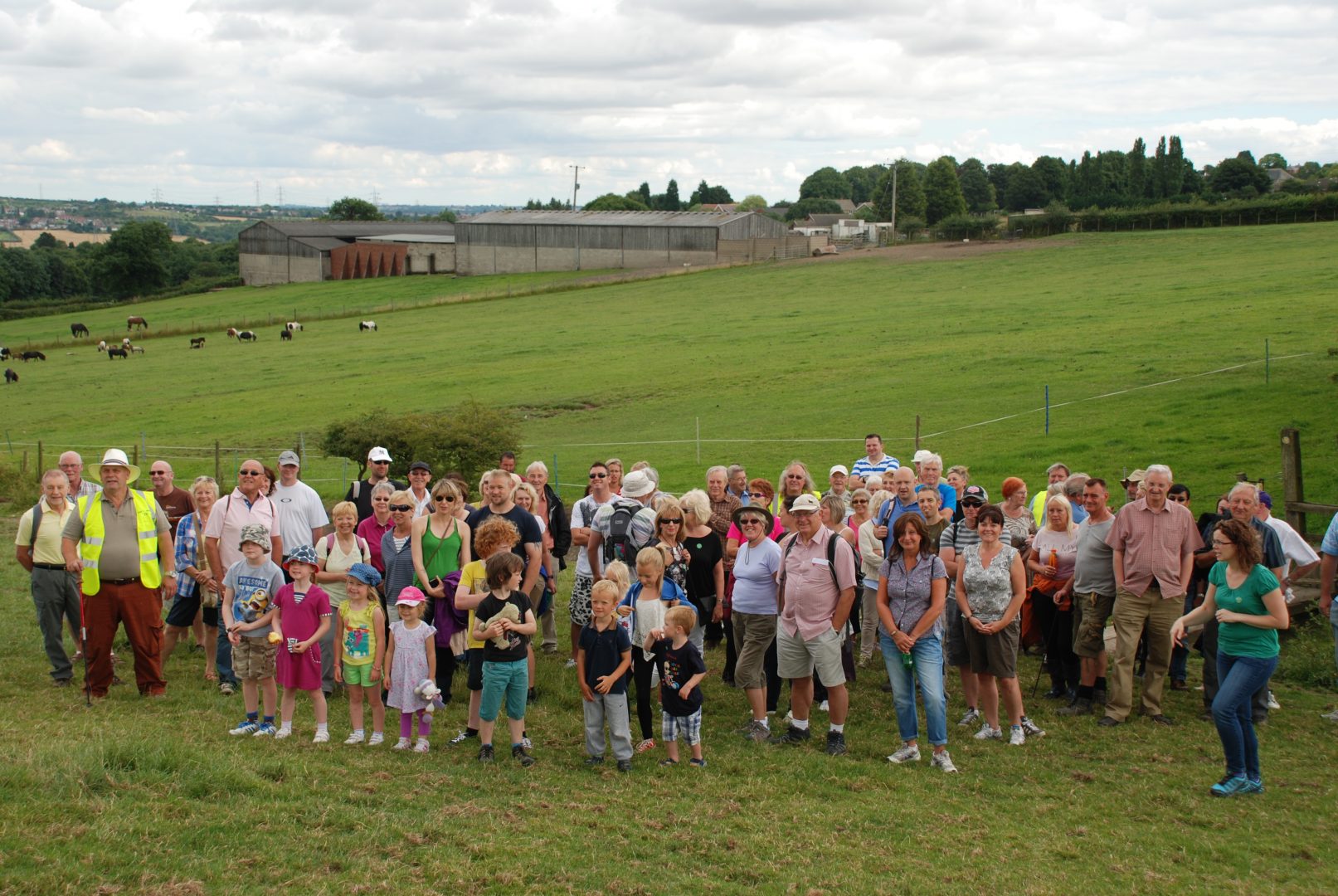Organising a campaign

Large complex applications that are likely to have a significant impact on the countryside and the lives of local residents will need more than a simple objection letter to the local planning authority.
First of all, you will need to follow the standard nine steps for influencing planning applications. Then there are other key things you will need to do.
Preparation
Residents often find out about a potential development through pre-application consultations organised by the developer. First of all, you need to check the truth of rumours that may be circulating.
If a submission seems certain, it is vital to use this pre-application phase to plan the campaign – otherwise you will lose valuable consultation time. You should
- Speak to the planning department to find out about timetables and procedures
- Set up a group to co-ordinate activities. Agree your aims and objectives and assign roles (such as campaign co-ordinator, public relations worker, researcher)
- Work out your action plan and set deadlines
- Prepare leaflets, posters and campaign materials including briefings with key arguments and contact details
- Inform the local community about the plans
- Identify and contact decision makers, key consultees and potential allies
Informing the community
Once the application has been registered, the local planning authority informs the local community by posters on or near the site, letters to neighbours or adverts in the paper. Then a period of consultation starts.
If you are still opposed to the development, you will be able to launch your campaign straightaway. Don’t rely on the local planning authority’s publicity, you will need to get your campaign information out to the wider community. Local newspapers are often keen to cover community campaigns – make friends with the reporters!
Campaign briefings
A paper or email briefing is a key campaigning tool to get new supporters and keep existing supporters up-to-date and engaged. It should include
- A description of the development and the key issues
- Where the detailed plans can be viewed
- How you should comment and where you should send them
- Keep your briefings as short and punchy as you can.
Campaign events
Public events are excellent for raising a campaign’s profile. Hold them as early as possible to increase the number of people who lobby the local planning authority. Make sure you contact the local press, radio and TV stations. Public meetings, protest marches and rallies are the most traditional ways of campaigning. However, there are lots of other creative ways to raise awareness. Have a look at what organisations like Greenpeace or Friends of the Earth have done, and browse the internet for inspiration.
Petitions
Petitions will have very little effect on determining planning applications. Your campaign is better off getting people to write individual objection letters to the local planning authority.
Letter campaigns
Many campaigns use sample letters to help objectors. Although this increases the number of letters sent, local planning authority take less notice of them in reports and recommendations to the decision makers. It is far more effective to highlight the key issues through a campaign briefing and encourage people to put them into their own words in individual letters.
Read more



